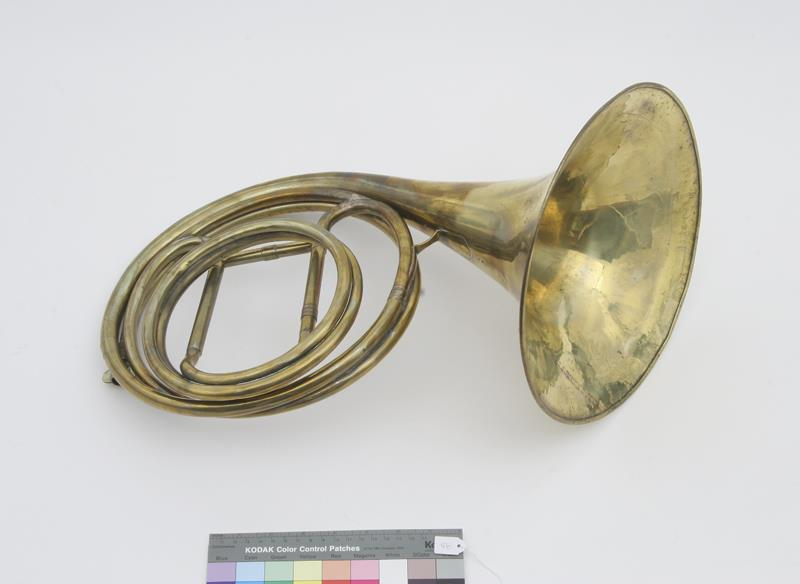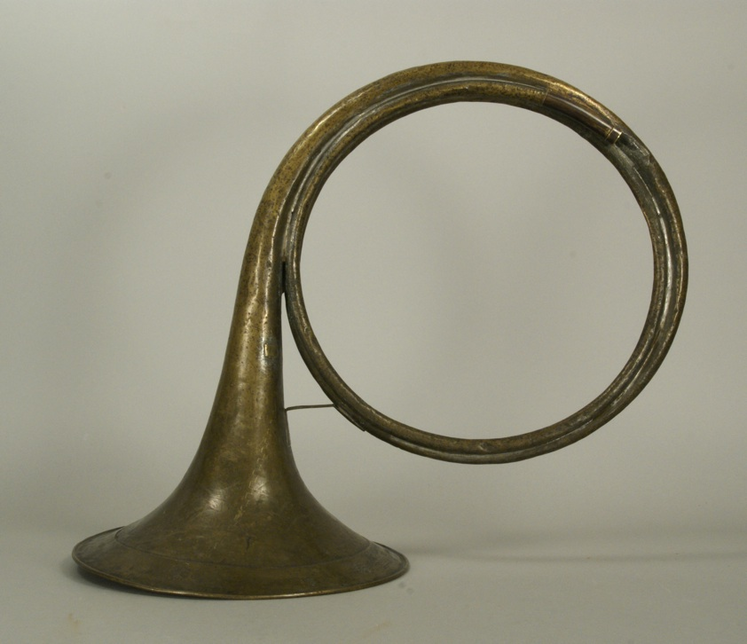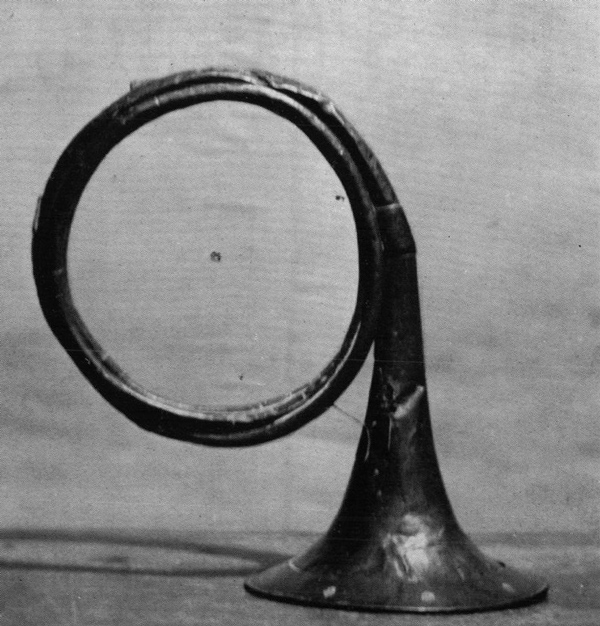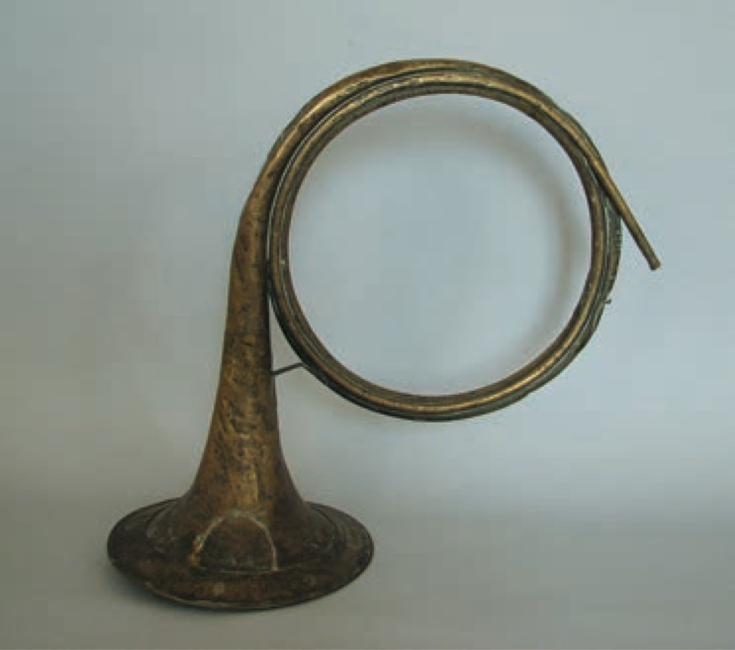These are to me the most probable scenarios. However, there is a small possibility that Leutgeb knew the early developement of the tuning slide ; after all, he was in Frankfurt in 1770 when Haltenhof was working on it and horns with tuning slides are listed in Vienna around this date (although nothing is yet certain).
It is time to bring together all the clues I found so far and have a larger view of the picture. To do so, I constructed the following timetable of horn, which enlights the relations between the instrument’s evolution, horn players, composers, makers, and important events.
The preliminary conclusions below are not definitive and will be altered by the practical experimentation.
Leutgeb was in his twenties when Hampel improved the hand-stopping technique ; and he was already playing professionaly shortly after that (1754). He then most likely started to learn horn earlier, around the 1740’s. Therefore he came from the old school of horn (old, compared to the time of Mozart), and witnessed the development of hand-stopping and the most crucial period of horn evolution.
There is a great chance he started to play on fixed-pitch horns. If Thomas Starzer was indeed his teacher (that I have no proof of), and since Leichambschneider was already famous at the time, these horns were possibly made by him and would be similar to this one :
In my opinion, the chances that Leutgeb played on a body-crooked Invention-Horn are close to zero. However, here is an exemple made by Kerner. The date is though uncertain.
From there, several scenarios are possible. He may have played his fixed-pitch Leichambschneiders his entire life, iconography is there to suggest so. But Leutgeb has been moving a lot as a soloist and travelling with three or more horns was probably not convenient, he must have used crooks at some point. He may have had one of his fixed-pitches cut to receive terminal crooks ; in that case his horn would look very much like this 1721 modified Leichambschneider :
In another scenario, Leutgeb buys a new professional horn at mid-career to answer the changes of horn esthetics, repertoire and technique. Then he may have bought a Starzer terminally-crooked horn, or maybe a Kerner. There is helas no surviving Starzer, on the contrary of Kerners. This is the one dated 1760 copied by Richard Seraphinoff :




